Surfing
My worst year, my best year
I needed a good cry.
It was all going wrong. I had told myself at the start of 2016 that I would break free of everything I’d done before – everything that was safe and comfortable and natural to me – and try to dominate. You know those Kelly Slater performances where he goes nuts and does things no one else in the world could even consider? That was going to be me. That was the plan.
But here I was, sitting in my hotel in Cascais, Portugal, in the middle of the most underwhelming season I’d ever had and looking at the prospect of having to re-qualify for the tour.
I felt stuck. The harder I tried, the further back I went. My eyes and my soul felt heavy. I just couldn’t see a way through. And that’s when the tears hit me.
It was a big moment, a cleansing moment. It was the realisation that I wasn’t ready to be the surfer I wanted so badly to be. I had put so much of my self worth and imagination into what I was doing. When you tell yourself, ‘This isn’t where I want to be’, you take a hit to the heart.
I finished 2016 in eighth place on the standings.
By the numbers, it was my worst year. I had been a top-five surfer since joining the tour, including three runner-up finishes.
But, in so many ways, it was my best.
BOXING MYSELF INTO A CORNER
I was a runner. The 800m and 1500m were my specialty. I won those events at the Australian Youth Championships, the Youth Olympics and qualified for the World Youth Track and Field championships. I felt really comfortable with the regimented nature of training and competing. There was a starting time. There was a defined distance. There was a gun. And there was a finish.
Surfing is so different. There’s an artistry to it and variables like time and surf conditions. Sometimes a judge doesn’t know what they’re seeing when they write down their score. It’s a feeling. They’ll think, ‘OK, so the manoeuvres were explosive and in the right place but how did you connect them, how was your body sitting, were you stiff and in survival mode?’. It’s like diving and gymnastics all rolled up into one.
I felt stuck. The harder I tried, the further back I went. My eyes and my soul felt heavy. I just couldn’t see a way through. And that’s when the tears hit me.
As a young athlete, I had this unwavering determination to get my sessions out, to work hard. You needed a rigid frame of mind and it resulted in my approach to surfing being a bit robotic. I wasn’t feeding my imagination. I was riding waves, but it was all calculated. I need this many waves, and this many turns, and that equates to about an eight-point ride. You think about the discipline as a runner. If you work harder you shave time off. But in surfing there’s no start, stop or reasoning. It doesn’t matter how hard the person next to you works, on some occasions that wave will come ten feet to the left and they’re going to catch it. Or you catch the first one of the set and they catch the second one and they get the score. It’s instinctive.

I felt I had boxed myself into a bit of a corner. I was a very one-dimensional surfer, a traditional carving surfer. I liked structure in my routine and would find myself a bit unnerved with changes to the schedule. And I would catch a lot of waves – throw spaghetti at the wall and hope one sticks. I would feel pressure quite quickly.
I had a decision to make: to continue spinning my wheels and maybe get close to a title again, or to throw myself right out of my comfort zone and reinvent myself. I changed my style and how I looked at the lines on the wave I wanted to draw. In hindsight, I was just trying to draw like everybody else – picking someone and saying, ‘I want to surf like that because that looks great’. There was never any thought of surfing like me because I think, deep down, I didn’t feel I was at the same level as these world champions. That was how I thought you had to get it done.
‘WHAT’S THE POINT? YOU CAN’T DO THIS’
Through the first part of 2016 I kept telling myself, ‘That result wasn’t so bad’. Or ‘I can come back from here’. Or ‘If I win the next three events I can still be world champion’. There was no conviction behind those words. It was that little voice inside you trying to pick you up.
I got to Europe and realised, wow, I was close to having to requalify for the tour next year. When you’re at your weakest you have no mental discipline. Everything gets exaggerated. I was setting up my business back home at the same time and it all felt too hard. You think, ‘What’s the point of trying? You can’t do this.’ It has a compounding effect and gets really heavy. It eventually got to a point where I felt like I was looking at a Rubik’s Cube I’d been struggling with and thinking, ‘I don’t know if I want to keep trying things the same way’. I was going harder for a lesser result. Your confidence and inner belief, once a bright light, was now a dim little flicker.
There’s a certain loneliness to the tour at times. My dad, Marty, is there and mum, Mary, travels with me sometimes, too. They’re really supportive but the reality is you’re a long way from home and most of your contemporaries are your competitors. You do have good mates on tour after ten years, but if you’re not having a top year and they’re having an excellent year, you’re not really going to talk too much and tell them you’re struggling. You’ll go up against them in a heat and they’ll be thinking, ‘I’ve got your number. You’re just having an awful time!’
I had a decision to make: to continue spinning my wheels and maybe get close to a title again, or to throw myself right out of my comfort zone and reinvent myself.
You have to work through it. It forces you back internally. You have to find the answers yourself. It’s a bit paralysing at times. But that’s what I love about my sport. I can’t really feel I can do anything else in the world that gives me these polarising emotions. That’s half the fun.
It was clear that I hadn’t put in the preparation work to become the surfer I wanted to be. I thought I could get there through sheer stubbornness and grit. I’d tell myself, ‘I’m going to dominate, I’m going to learn it all under pressure in these heats and even if I haven’t even landed an air reverse before, I’m doing it!’ But once those results don’t come and it starts to feel forced, you think, ‘Hang on a second, this isn’t really a sustainable practice. This isn’t the road to bettering myself or getting the mental stability you need as an athlete’.
I stripped it back. I came back to knowing that I was a strong and resilient and intelligent competitor. I had always seen that as a strength. My read on the ocean and my opponent and playing that chess match – I had let that fall by the wayside in pursuit of something I wasn’t ready for. I picked that back up, my strength, and then I started to peel back the layers of my surfing.

CLOSER TO A WORLD TITLE THAN EVER BEFORE
Click. Sometimes you have a moment where all the little things you’ve been working on in isolation come together as one. You can’t predict when it will happen – sometimes it never happens at all – but when it does you know it and it’s very satisfying.
My click happened in January. All those little individual things – working on your bottom-to-top turn, your arm here, your arm there, your style and your approach, your structure and your body formation – you wonder at times how it all fuses. While I was working on all these changes I took a break from watching vision of my performances and training and just went out there to express myself for a few months. Then I came back to see what it looked like. I really enjoyed that. I felt like I was on the right track.
I believed in the path I had taken in 2016, and now I had done the work to back it up. That’s why I think of 2016 as my best year. It led to the rebirth of my surfing this year. If I hadn’t gone through all of the angst and tears and doubt last year, I wouldn’t have been anywhere near where I am now. The floodgates have opened and the results and scores are there. I’m closer than ever to a world title because of where I’m taking my surfing. I feel like I have the menu of things that I can take into events. I’m not just sitting back thinking, ‘Please throw a result my way’. I believe I can win.
Before, if all the conditions were right my style of surfing could be the winner on the day. But it wasn’t outstanding: like I was the one to beat. It’s been a really cool change. It feels way better to ride a wave with that mindset. It’s had a flow on effect. People are saying, ‘Your surfing style has really changed – I like it, it’s better’. It’s not reliant on people’s perception or what the commentators are saying or what the judges scores are. When you feel it’s right, everything else follows.

THE LAYBACK AND THE BREAKTHROUGH
Margaret River was when everyone else found out what I already knew.
The next day was supposed to be six-to-eight foot, offshore and glassy. But on this day it was four-foot building swells, kind of messy. They decided they would run the women today and the men tomorrow. The men’s side of our sport gets the tip of the hat when the conditions are right. That’s the last area of inequality surfing needs to work on.
So the event went ahead. The ummm-ing and ahhh-ing over the start time didn’t faze me. I just went out and flowed with it. There were a few really close ones. The semi with Steph. She had a wave at the end and could’ve got the score, but she didn’t.
Then came the final against Tyler Wright, the defending world champion. I knew that I wasn’t as strong as I needed to be with my laybacks and it was a key focus to go there and work on them in all the laydays.
My shoulder was pretty much ripped out of its socket. When you try something new and you don’t get it right you’re using your body wrong, so I strapped up my shoulder and went out there.
The moment came in the final when I could’ve just gone the safe route and done a regular close-out turn on the reef. I remember telling myself, ‘Nope, you’re doing it’. I performed the layback. I surfed that wave up. The wave quality wasn’t there and I was able to make it a manoeuvre to make it a counting score.
I was inspired by my approach to go there. It was what I was trying to do last year, that risk factor, but this year I had the training and the know-how to back it up.
My shoulder was pretty much ripped out of its socket. When you try something new and you don’t get it right you’re using your body wrong, so I strapped up my shoulder and went out there.
When the final finished and the hooter went – I hadn’t won an event in a couple of years – I felt calm. ‘I felt like that was going to happen’. It’s a cool feeling when you know you’ve got the win in you but maybe the ones around you don’t have you picked. You’re not the horse everyone’s put their money on to win. I was out to sea pretty far and I laid back on my board thinking, ‘Huh, this is a great day’.
TO BE CONTINUED…
I am still writing my menu. I still have so much to learn. I feel like I’m just getting started. I’ve got ten years or more to keep learning. So it’s about knowing you’ve had the experience – you’ve been out there paddling in eight-to-ten foot swells just for the sake of doing it, getting comfortable, reading the ocean. Now I’m at that stage I am constantly in awe of all the energy around me. This ocean is so big and it can crush me, but I’m in it, I’m living it, I’m not thinking ahead.
More about: Resilience | Sally Fitzgibbons | WSL
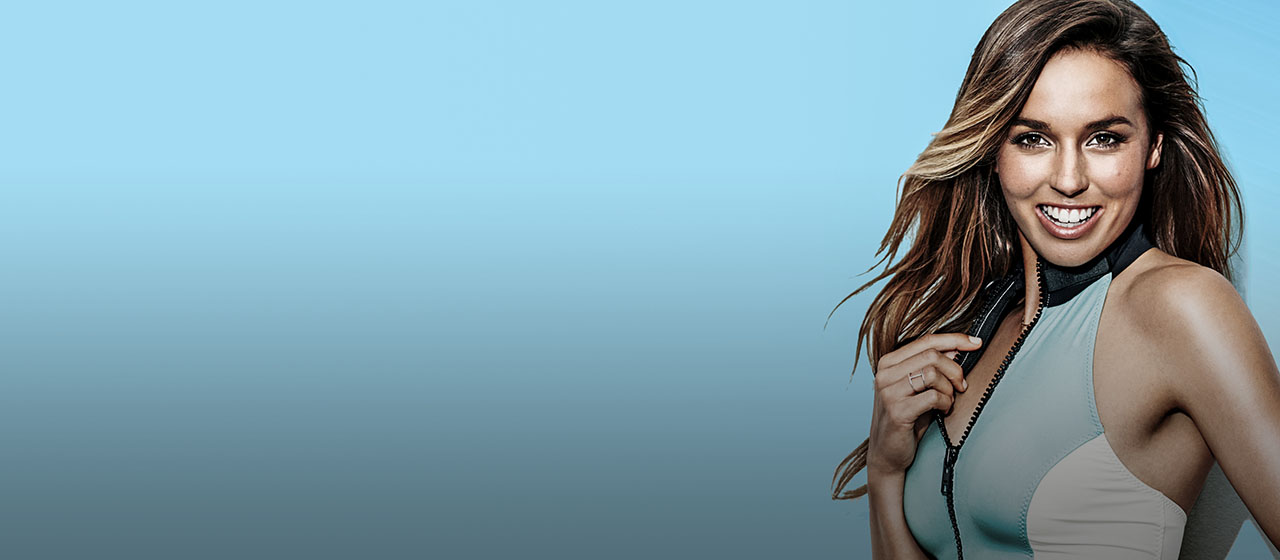
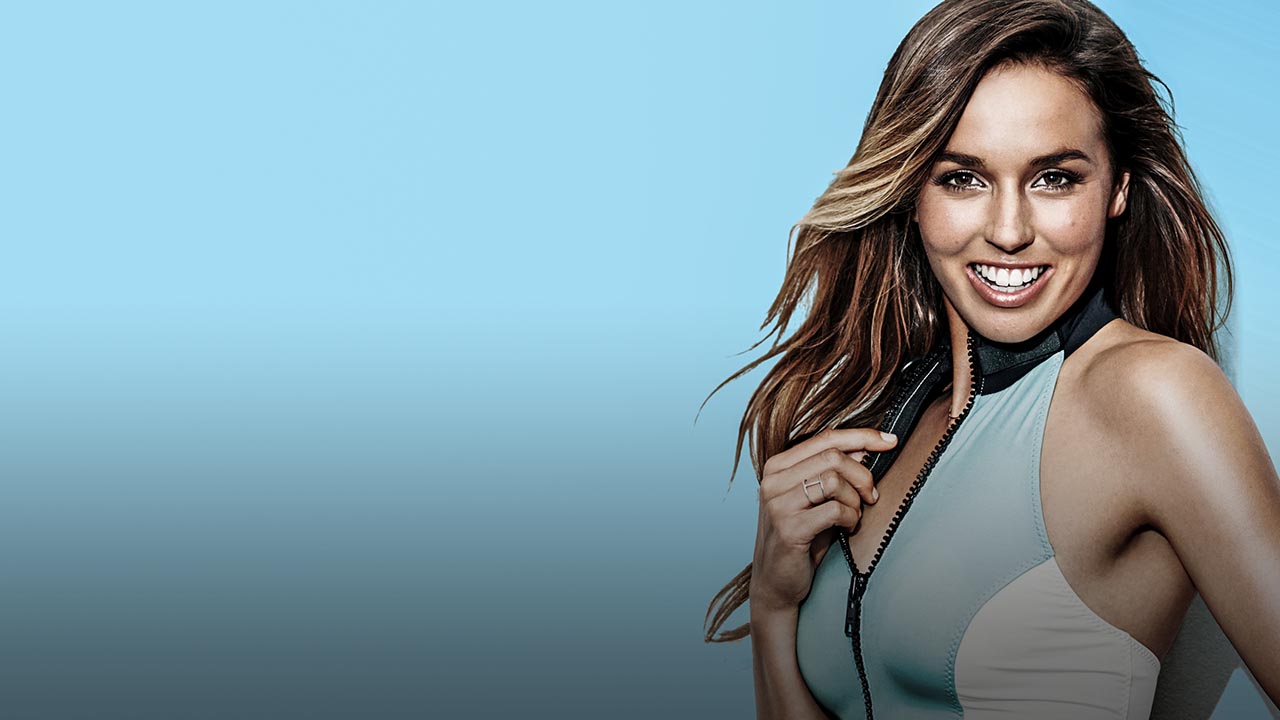
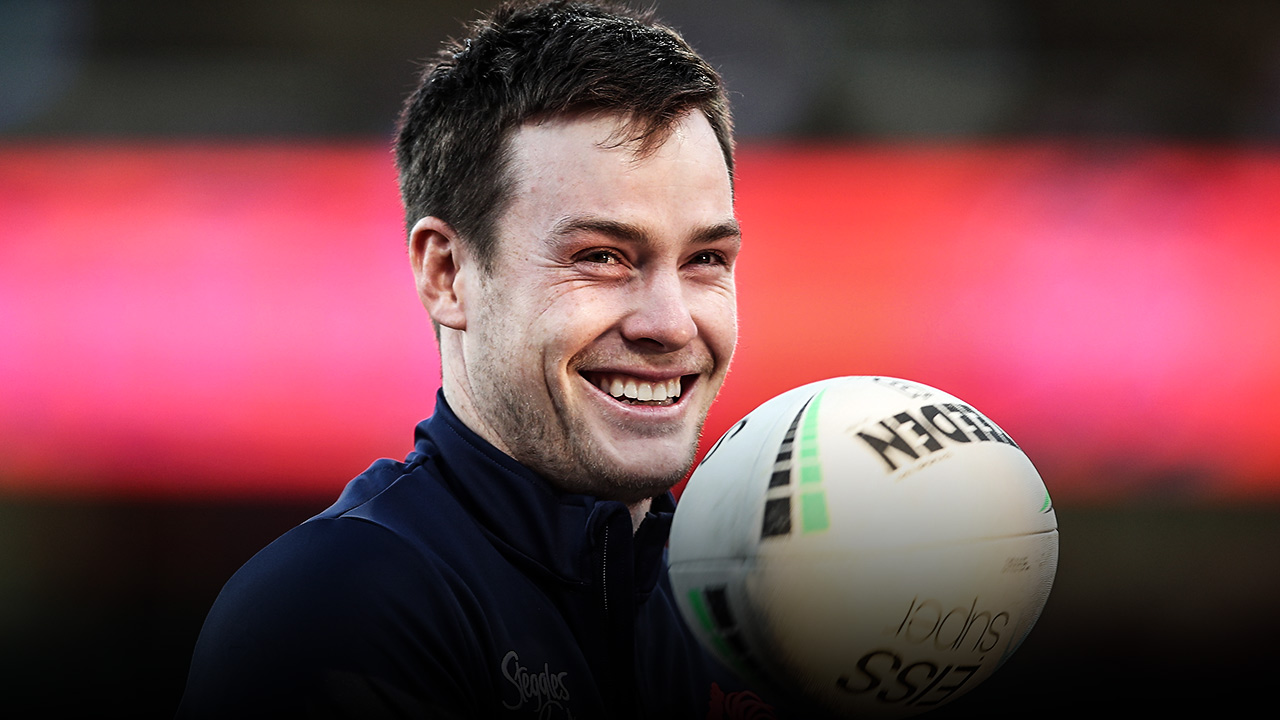
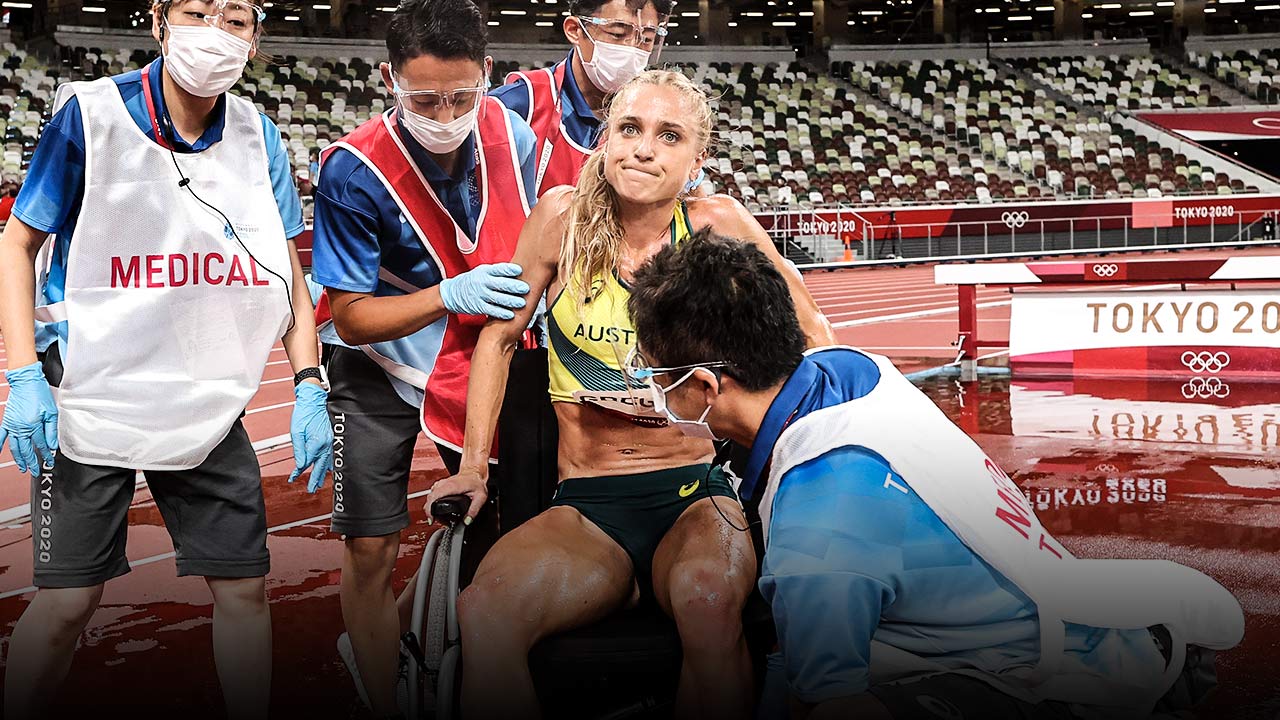

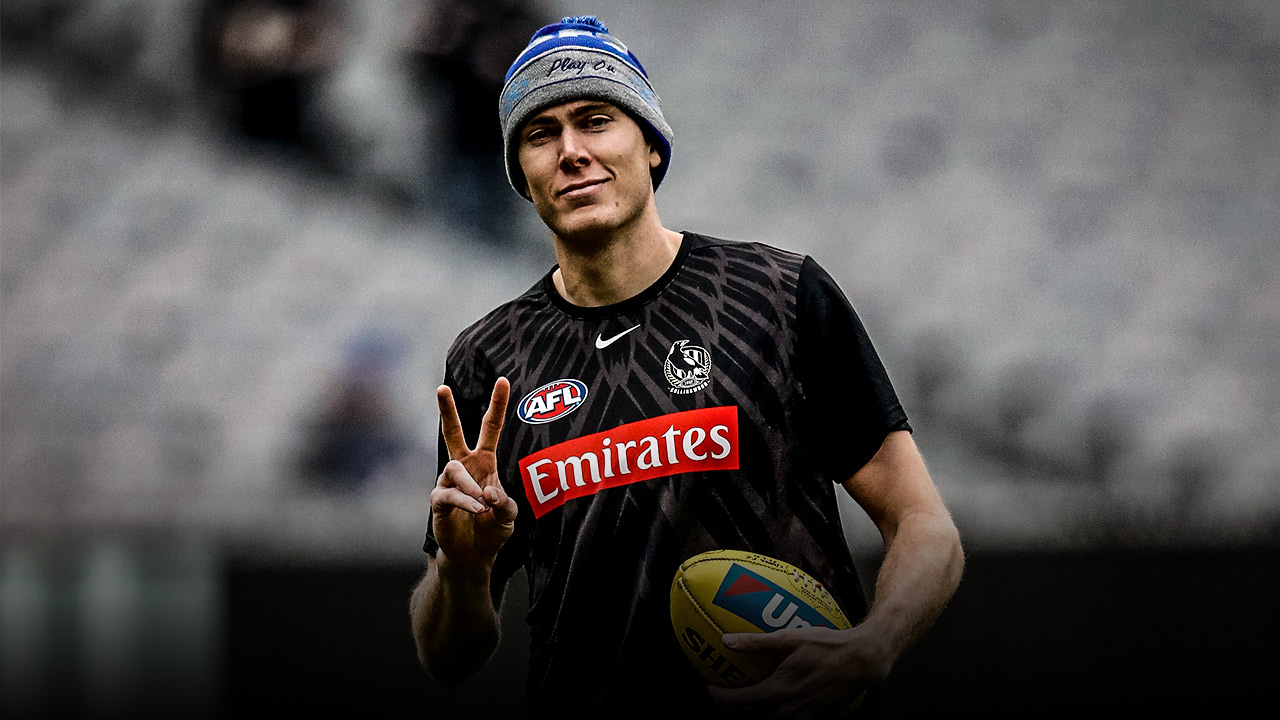
 Load More
Load More